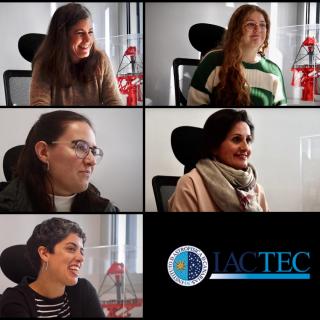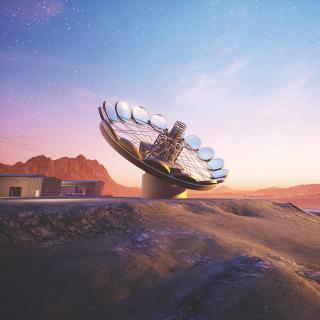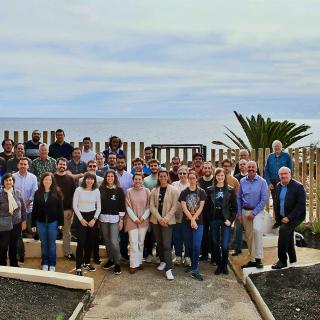
La ciencia se escribe con muchas letras. Se escribe con f de física, con e de electrónica, con i de ingeniería. La ciencia se escribe también con m de mujer. En las jóvenes mentes de las investigadoras del Instituto de Astrofísica de Canarias (IAC) habitaba una pequeña chispa científica que daría inicio a sus carreras. Niñas que contaban estrellas para dejarse dormir y que lucharían años más tarde por llegar al día en que sus sueños se hicieran realidad. Para poder observar y entender los secretos que esconde el Universo se necesita tecnología. De esto se encarga el IACTEC, un espacio de
Advertised on




